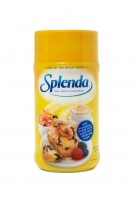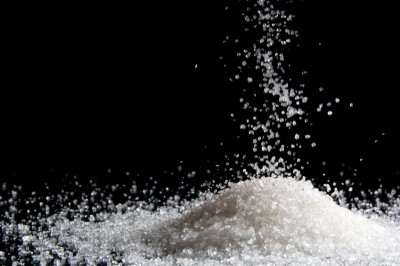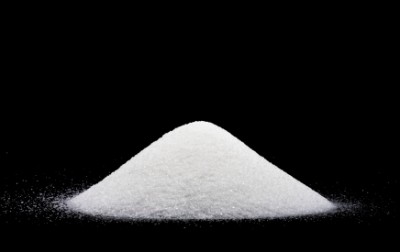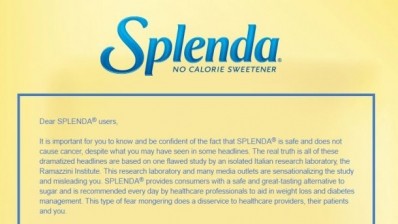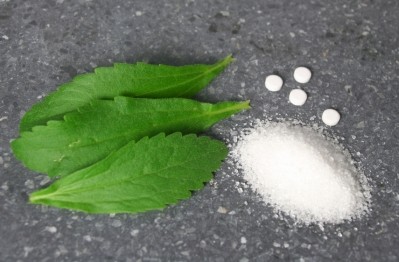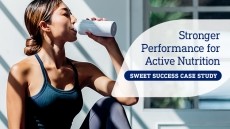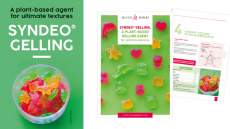Controversial study linking sucralose and cancer is published
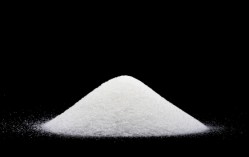
The findings of the study were first presented at a cancer conference in London in 2012, where they caused a widespread backlash as industry dismissed the cancer link.
The study has now been published in the peer-reviewed International Journal of Occupational and Environmental Health.
“This study showed that sucralose administered in feed to Swiss mice at dose levels of 0, 500, 2,000, 8,000, and 16,000 parts-per notation (ppm) from prenatal life until natural death induces a significant dose-
related increased incidence of malignant tumors (p ≤ 0.01) in male mice,” write the study’s authors.
“More studies are necessary to determine the safety of this food additive, including a new more adequate long-term transplacental carcinogenic bioassay on rats. We believe these studies are urgent, considering that millions of people may be exposed.”
In light of the study's publication, the US-based food watchdog, Center for Science in the Public Interest (CSPI), has downgraded sucralose from 'caution' to 'avoid'.
Apply the precautionary principle to sucralose – or to the study?
Soffritti, who is director of the Ramazzini Institute in Bologna has also conducted studies into the safety of aspartame, said he believed pregnant women and children in particular should stop drinking diet beverages containing artificial sweeteners, sucralose and aspartame.
“To the European Union I would suggest to apply the precautionary principle to avoid the use [and] indiscriminate abuse of these products,” he said.
But in a 2011 review of Soffritti's study on aspartame, the European Food Safety Authority (EFSA) drew attention to a series of flaws in the study design, concluding it did not justify a change to the aspartame's regulatory status.
In 1991 EFSA established an acceptable daily intake of 15 mg of sucralose per kg body weight, and the sweetener is authorised in the EU for food use listed as E 955, with exception for foods for young children. This was upheld in a revaluation in 2000.
In January this year EFSA approved extending the use of sucralose to foods for special medical purposes for young children aged from one to three years.
In the US the acceptable daily intake set by the Food and Drug Administration (FDA) is 5 mg/kg body weight - one third of the European level.
A statement by Tate & Lyle, which manufactures sucralose-based sweetener Splenda, said it was aware the study had been published but urged caution when considering the findings.
“The [Ramazzini Institute] group routinely conducts studies with an unconventional design that has come under scrutiny for its reliability for safety assessment and that do not follow internationally recognized standards critical for assessing safety,” it said.
“As noted in the publication, the study results are not supported by previous studies. Sucralose has been extensively researched with more than 110 studies conducted over a 20-year period demonstrating its safety.”
'Crucial factors'
But Soffritti defended the methodology used. "To better evaluate the worth of the RI methodological approach, it must be considered that the aim of the Ramazzini Institute long-term bioassay program is not only to identify exogenous carcinogens with high social and health impact, but also to obtain information regarding the third part of the life in order to allow a better risk assessment of their effects, particularly at low exposure," he told FoodNavigator.
"To investigate the dose-response relationships and the effects of low-dose exposure to carcinogenic agents, it is first crucial to test them in rodent long-term bioassays using a dose range larger than the one commonly used, as well as a large number of animals per sex and per test dose.
"It is also crucial to prolong observation until extreme old age. Regulatory agencies like the FDA and Environmental Protection Agency (EPA), which demand that chronic animal studies be terminated after two years, may lose information that is important for extrapolation of the data from animals to humans, especially in the cases of carcinogenic agents with a long latency time (weak carcinogens)," he added.
The CSPI said the Ramazzini Institute is a "respected" independent laboratory and that Soffritti's sucralose study is "more powerful than the industry-funded studies", as they tested fewer animals, started exposing the animals during adolescence as opposed to in utero and ended earlier in the animals’ lives.
The study
In the study, 457 male mice and 396 female Swiss mice were given an ad lib amount of feed that contained varying concentrations of sucralose from the 12th day of gestation until death. The concentrations were 500, 2,000, 8,000, and 16,000 parts per million and 0 as a control.
When only 6.7% of the mice remained alive, the rest having reached their natural lifespan, the remaining mice were euthanised and their organs were collected for analysis.
Soffritti and his team found a significant dose-related increased incidence of malignant cancer tumours and hematopoietic neoplasias in male mice. This was particularly the case for dose levels of 2000 and 16,000 ppm.
“In females, [the data show] an increased incidence benign tumors and total tumors per 100 animals treated at various doses of sucralose, in particular harderian adenoma, polyp of the glandular stomach, adenoma, and cystodenoma of the ovaries and polyp of the uterus,” write the authors.
“Finally, one cannot disregard the fact that sucralose itself and the hydrolysis product 1,6-DCF were found to be weakly mutagenic and that sucralose is able to alter the bacterial composition of the gastrointestinal tract,” they added.
"In conclusions, our data do not support the previous findings of industry authors that sucralose is a biologically inert compound. More studies are necessary to determine the safety of this food additive."
In 2011, sucralose accounted for 27.9% of the global sweetener market worth €1.015 billion ($1.146 bn), according to Leatherhead Food Research.
It is used in over 4,500 food, beverage and pharmaceutical products.
Source: International Journal of Occupational and Environmental Health
First published online 29 Jan 2016,doi.org/10.1080/10773525.2015.1106075
“Sucralose administered in feed, beginning prenatally through lifespan, induces hematopoietic neoplasias in male swiss mice”
Authors: Soffritti M., Padovani M., Tibaldi E., Falcioni L., Manservisi F., et al.
Correction: A previous version of this article stated that Soffritti et al. said an increased incidence of malignant tumours may be due to the 20% decrease in mean body weight in both male and female mice, however, the authors were in fact referring a different study by Mann et al. The article has been amended to reflect this.

